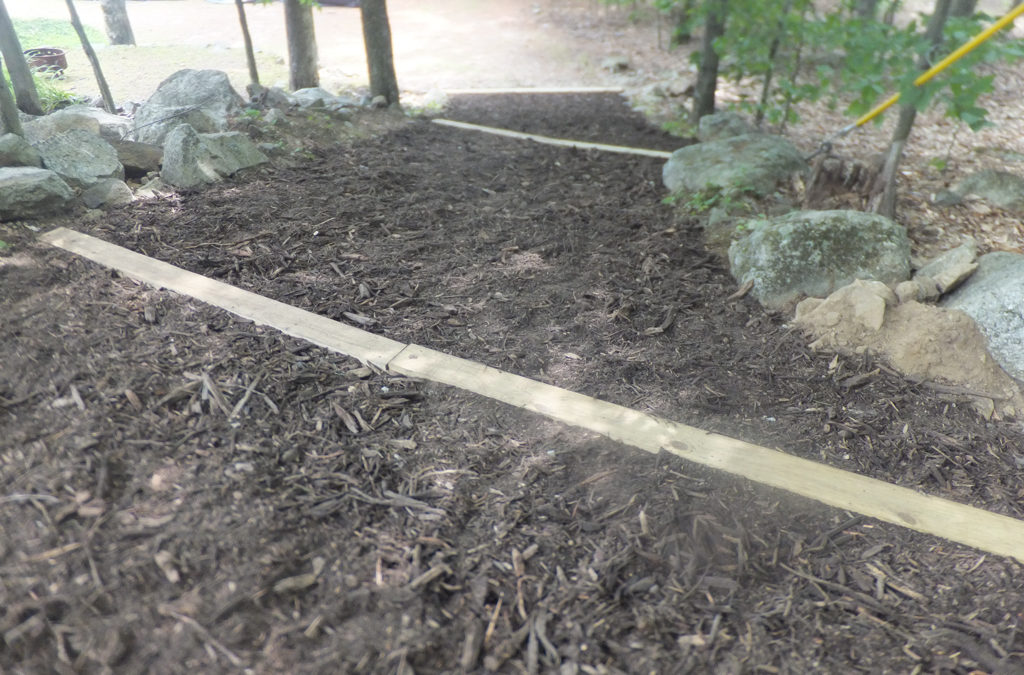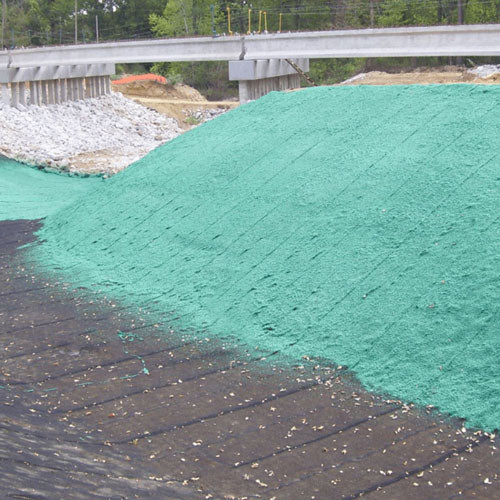Finest Practices for Disintegration Control in Building And Construction Projects
Are you functioning on a building and construction job and concerned concerning erosion control? In this write-up, we will certainly direct you via the ideal practices for protecting against disintegration on your website. erosion control. Get all set to tackle disintegration head-on and make certain the success of your building project.
5 Vital Erosion Control Methods

To effectively control disintegration on your building and construction website, you'll need to carry out important methods such as slope stablizing and debris control actions. Incline stablizing is essential in avoiding soil disintegration on steep inclines. Another efficient method is the usage of disintegration control blankets or mats, which are placed on the slope and aid maintain dirt particles while enabling plant life to expand.
Reliable Sediment and Overflow Management

You can efficiently take care of debris and drainage in your building task by applying correct erosion control actions. Debris and drainage management is essential to stop disintegration and secure the surrounding setting. One reliable action is the installment of silt fencings along the boundary of the building and construction website. These fencings aid to consist of debris and prevent it from getting in close-by water bodies. An additional important technique is the implementation of erosion control blankets or floor coverings. These coverings offer a safety layer on bare dirt, minimizing the influence of rains and stopping disintegration. In addition, the use of debris containers or debris catches can help to record sediment and stop it from getting in stormwater systems. Normal maintenance of these actions is important to ensure their performance throughout the construction job. This consists of evaluating and cleaning up sediment basins and routinely changing silt fences and disintegration control coverings as needed. By executing these erosion control measures, you can efficiently take care of debris and runoff in your construction job, decreasing the effect on the environment and abiding by governing needs.
Trick Factors To Consider for Incline Stablizing
When considering slope stabilization, it's important to examine the terrain and determine potential areas of instability. You need to meticulously check out the slope's characteristics, such as its angle, structure, and drain patterns. Try to find indicators of disintegration, such as exposed origins, fractures, or slumping soil. These indications can offer you an idea of where stabilization measures might be required.
Once you have determined the landscape solutions unsteady locations, you can begin applying measures to support the slope. One typical method is using maintaining wall surfaces or terracing to produce a collection of level steps, which can help distribute the weight and protect against more disintegration. Another choice is to grow vegetation on the slope, as the roots can aid anchor the soil and control erosion. Additionally, mounting erosion control blankets or mats can give prompt defense while vegetation comes to be recognized.
It's critical to on a regular basis monitor the supported slopes to guarantee their effectiveness. Watch out for any indicators of movement or erosion, and take immediate activity if required. Normal upkeep, such as inspecting and fixing any kind of damaged steps, is likewise necessary to make certain long-term stability.
Ideal Practices for Plant Life and Dirt Security
One effective way to protect vegetation and soil why not try here on inclines is by frequently inspecting for indications of disintegration and taking prompt action if necessary. Begin by checking the incline for any kind of indicators of disintegration, such as revealed roots, bare dirt spots, or debris buildup at the base. Implement disintegration control procedures such as mounting erosion control coverings, mulching, or also constructing retaining wall surfaces if needed.
Executing Appropriate Drainage Solutions
To effectively apply proper drainage systems, it's important to consider the slope gradient and dirt kind. When it pertains to managing water flow and stopping disintegration, recognizing these aspects is necessary. The incline gradient plays a significant role in establishing just how water moves across the land. Steeper inclines can bring about much faster water flow, increasing the danger of disintegration and here are the findings flooding. On the various other hand, gentler inclines permit water to flow more slowly, decreasing erosion potential. By evaluating the slope gradient, you can make an effective drainage system that suits the all-natural water movement.
Dirt kind also influences drain system style. Various dirt types have differing levels of leaks in the structure, influencing just how water is soaked up and drained pipes. Sandy dirts have a tendency to drain pipes faster due to their rugged structure, while clay soils have a slower drain price due to their portable nature. Recognizing the soil type assists in choosing appropriate water drainage techniques, such as making use of absorptive products or setting up French drains pipes. Additionally, taking into consideration the dirt qualities assists avoid waterlogging, which can result in poor plant growth and damage to frameworks.
Verdict
In verdict, when it comes to disintegration control in building and construction tasks, you must follow these best methods. Consider slope stabilization approaches to guarantee the stability of the site. By adhering to these essential techniques, you can successfully control erosion and guarantee the success of your construction job.
To efficiently control erosion on your construction website, you'll need to carry out important strategies such as incline stabilization and debris control steps. Slope stabilization is vital in protecting against soil disintegration on steep inclines. One more efficient strategy is the use of disintegration control blankets or floor coverings, which are positioned on the incline and assistance retain soil fragments while allowing plant life to grow. One more choice is to plant plants on the incline, as the origins can aid secure the soil and control disintegration. Implement erosion control procedures such as setting up disintegration control coverings, mulching, or even constructing retaining walls if required.